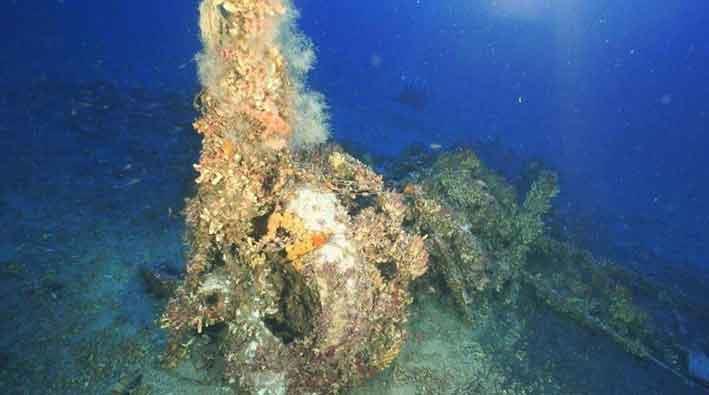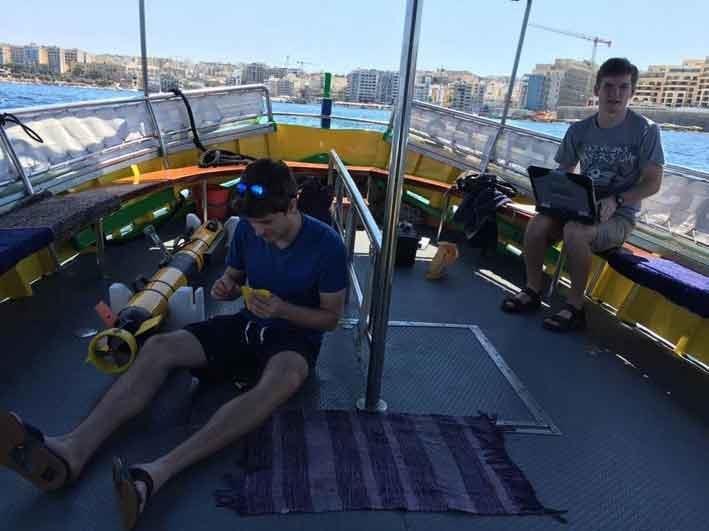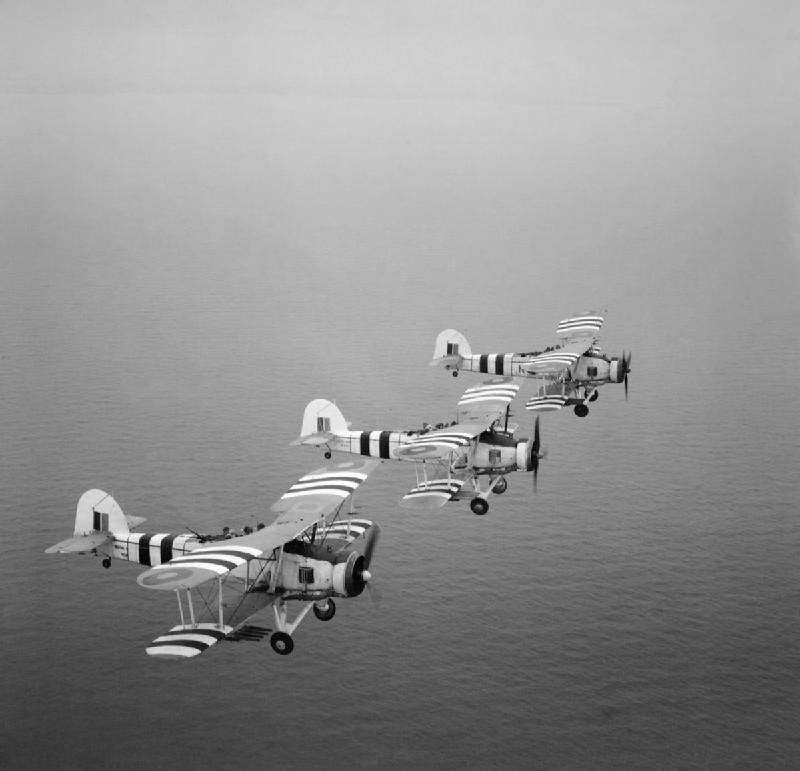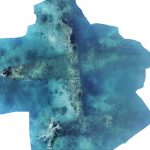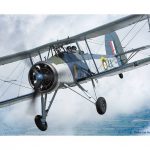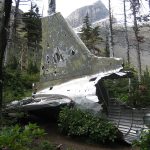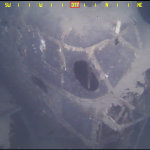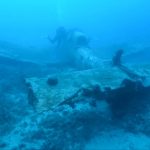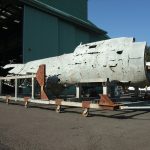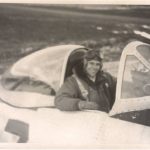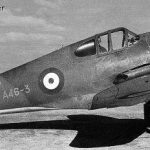Students from California Polytech University have located a sunken British World War II Fairey Swordfish off the coast of Malta as part of an underwater search and mapping project, a Californian newspaper called The Tribune reports.
The Swordfish was reportedly flying off the coast of Malta when it suffered engine trouble and had to resort to an emergency landing in the Mediterranean Sea. The pilot and co-pilot were both luckily rescued as it had transpired that two Englishmen who were on leave just happened to be sailing out at sea on the day in question. While the crew was saved, the plane sank to the bottom.
Students used a 6-foot robot to locate the sunken airplane. It is an “autonomous underwater vehicle”, using sonar, photography and video technology to search the seabed. After collaborating with University of Malta in order to verify that the sunken plane was indeed the one they were after, it was found at a depth of around 60 meters.
The plane is known as a Fairey Swordfish, which is a biplane torpedo bomber used by England’s Royal Navy in World War II and in the 1930s. The Fairey Swordfish, the legendary ‘Stringbag’, was a Torpedo Spotter Reconnaissance biplane dive-bomber which went into service with the Fleet Air Arm pre-war in 1936. Initially, Swordfishes operated from the large fleet carriers. Later Swordfishes operated from escort carriers, and were very effective against U-boats. The nickname Stringbag indicated the versatility of the Swordfish, which could carry an unlikely combination of loads, but also referred to its jungle of bracing wires, which belonged to a past age. The Swordfish remained operational until the end of the war, gaining the distinction of being the last biplane to see active service.
The bomber in question is said to have gone down some three miles off the coast of Sliema. Divers with the University of Malta marine archaeology department examined the Swordfish bomber. It was found in a state of decay, down to a skeleton forming part of an ecosystem for baby fish and crustaceans. The plane is going to be left where it was found. “The Cal Poly team, working with Harvey Mudd College and the University of Malta, is part of a three-year programme called ICEX (International Computer Engineering Experience) that develops search and mapping algorithms and conducts expeditions,” writes the Tribune.
From the way it was found, researches deduced that the sea landing was a controlled one. This could be seen from the intact skeleton. Had the landing not been controlled, the plane would have gone into free fall and usually the structure’s integrity is not kept intact, neither were several pieces found scattered on the seabed.







